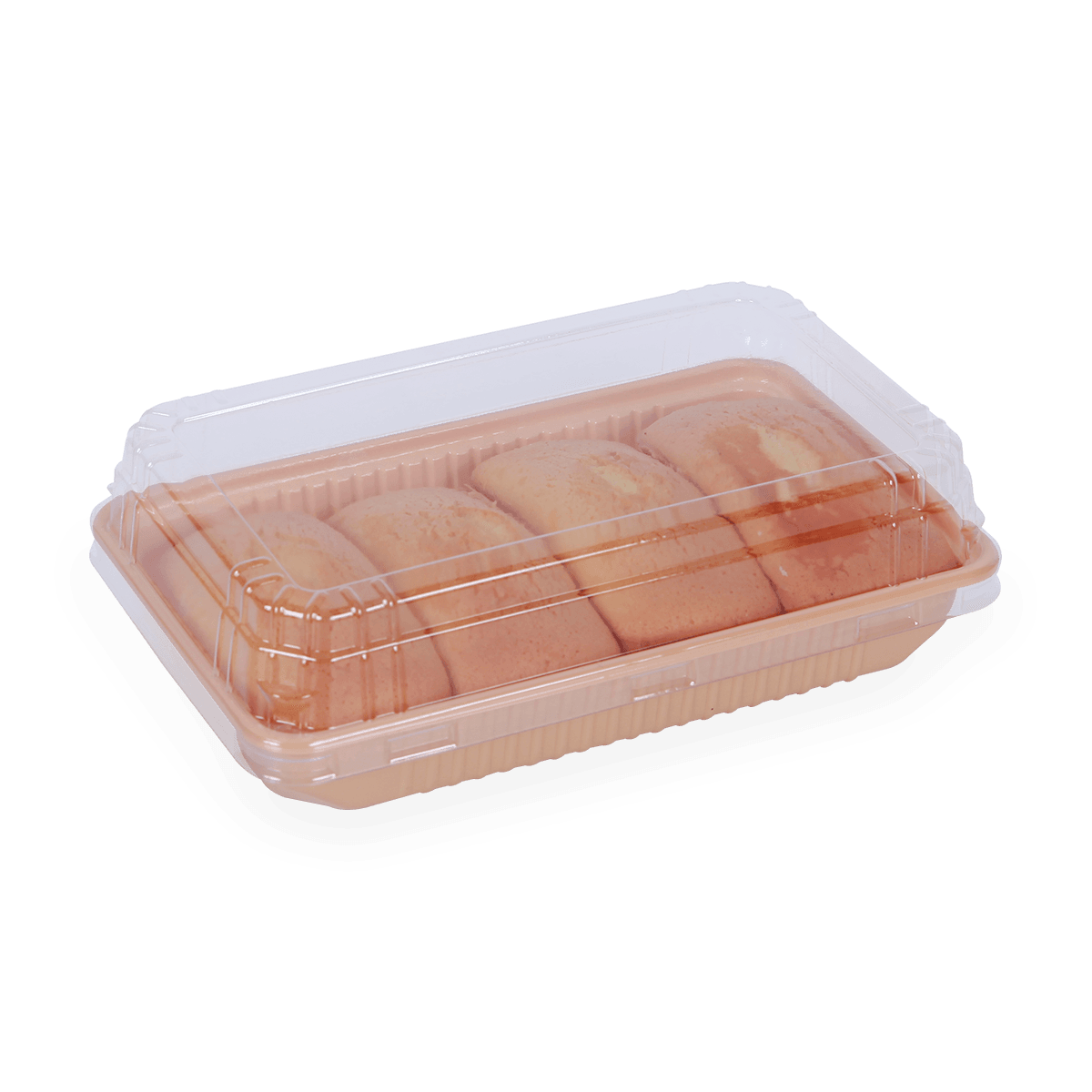The quality and performance of PCR (Post-Consumer Recycled) CPET trays can be comparable to non-recycled CPET trays, but there may be some differences depending on the specific manufacturing processes and the percentage of recycled content used. Here are some key factors to consider when comparing the two:
Material Properties:
PCR CPET trays are made from a blend of post-consumer recycled materials and virgin CPET resin. The quality of the recycled materials and the blending process can affect the final tray's properties. While recycled materials might introduce slight variations, manufacturers work to ensure that the trays meet the necessary performance standards.
Heat Resistance: Both PCR CPET trays and non-recycled CPET trays are designed to withstand high temperatures for use in ovens and microwaves. The heat resistance of PCR CPET trays should be similar to that of non-recycled trays.

Food Safety: Both types of CPET trays are typically considered safe for serving food. Manufacturers follow strict guidelines to ensure that PCR CPET trays are free from contaminants and safe for use in food contact applications.
Sturdiness and Durability: PCR CPET trays should be as sturdy and durable as non-recycled CPET trays. The trays undergo testing to ensure they can withstand the rigors of transportation and handling without breaking or deforming.
Recycled Content Percentage: The percentage of post-consumer recycled content in PCR CPET trays can vary depending on the manufacturer and product. Higher percentages of recycled content may result in slightly different physical properties, but efforts are made to maintain the desired tray characteristics.
Environmental Impact: The use of PCR CPET trays has a positive environmental impact by reducing the demand for virgin plastic and diverting waste from landfills. This sustainability aspect may be a significant advantage over non-recycled CPET trays.
Cost: The cost of PCR CPET trays may vary based on factors such as the availability and cost of recycled materials, but generally, the prices should be competitive with non-recycled trays.
Regulation Compliance: Manufacturers must ensure that PCR CPET trays meet all relevant food safety and packaging regulations, just like non-recycled CPET trays.
